Research
Nanophotonics for Biology and Medicine
Plasmonic nanostructures can be used to enable a new diagnostic and therapeutic approach for cancer. We study bladder cancer, which is the 4th most common non-skin cancer among men in the U.S. and is also prevalent in Asian counrties. We developed gold nanorod conjugated with antibody to epidermal growth factor receptor (C-225) which is known to be overexpressed on bladder cancer cells. Also, the gold nanorod is designed to exhibit strong plasmon resonance and thus strong absorption in the near infrared region where the normal tissue exhibits minimal absorption. Thus, the gold nanorods, when injected into the bladder, selectively and specifically bind to the cancer cells and, upon subsequent irradiation by infrared laser, creates local heating to the point of ablation. Alternatively, irradiation with femtosecond laser induces nano-cavitation, creating a hole on the cell membrane. A subsequent intake of chemotherapy drug results in effective cell killing at very low drug concentrations, enabling highly targeted chemotherapy. Furthermore, the gold nanorod may be further coupled with upconversion nanoparticles so that the resultant nanocluster can simultaneously perform imaging and killing. We have demonstrated these functionalities in both in vitro and in vivo settings and are working toward eventual human trials.
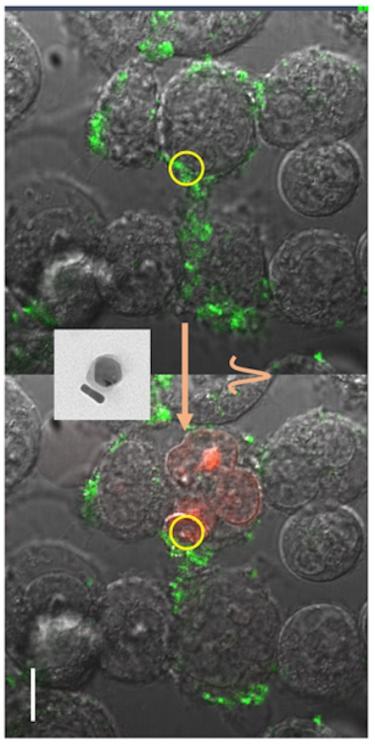
Optoporation and Targeted Chemotherapy of Bladder Cancer Cells
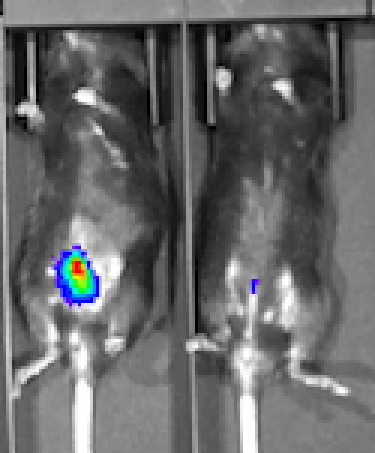
Thermal ablation of bladder cancer - animal study
Nonlinear and Quantum Optical Devices
We develop integrated micro- and nano-photonic devices based on novel materials such as chalcogenide glass. Known for high nonlinearity and excellent transparency in the infrared region, these devices offer excellent platform to build nonlinear and quantum optical devices. Also, the material can be deposited at low temperatures, making it COMS-compatible. High-quality waveguides and resonators based on chalcogenide materials would open doors to a wide range of applications including sensing and communications. Furthermore, operating in the mid-infrared region has many unique advantages. It is a natural spectral window to expand into for optical communications which are currently performed in the near-infrared region. Mid-infrared region also contains a wealth of molecular vibrational resonances. The rich absorption spectra can be used to precisely identify targeted molecules, enabling new sensing technologies. It also provides new advantages for quantum optical devices that have not been fully exploited yet. Our current research is focused on developing high quality micro-optical devices that could realize the full potential of mid-infrared integrated photonic device platform for nonlinear and quantum optics.
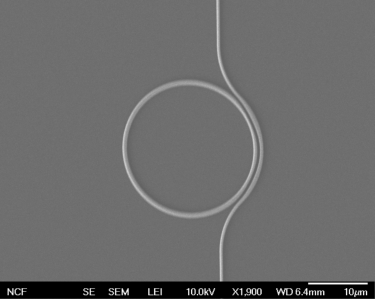
Chalcogenide ring resonator
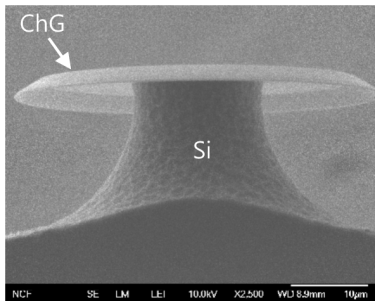
Chalcogenide wedge resonator
Nanophotonics for Strongly Enhanced Light-Matter Interaction
The strong local field in plasmonic nanostructures can enhance many optical processes including absorption, emission, and energy transfer. Frequency upconversion is of particular interest because the nonlinear nature of the process can lead to dramatic enhancement. We developed an efficient synthesis process for NaYF4: Yb,Er upconversion nanoparticles, highly controlled layer-by-layer deposition technique, and scalable fabrication of plasmonic nanostructures using laser interference lithography and nanoimprint lithography. Conducting photoluminescence spectroscopy and time-resolved spectroscopy as well as theoretical study based on quantum electrodynamics, we demonstrated that the absorption enhancement is the most important factor due to the nonlinearity and also that the plasmon can enhance the Förster energy transfer process as well as absorption and emission. Based on this fundamental understanding, we were able to design a plasmonic nanostructure that resulted in more than 1000-fold enhancement of upconversion luminescence. More recently, we developed a novel mechanical force sensor that can detect forces as low as 10 nN.
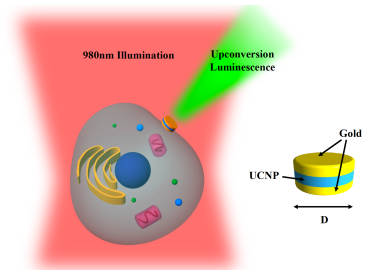
Metal-insulator-metal (MIM) enhanced upconversion
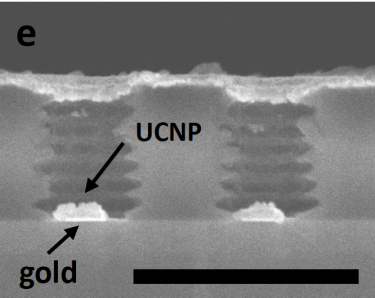
Fabrication of MIM structure
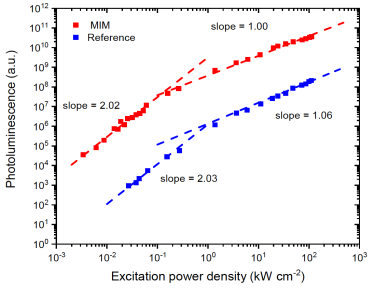
Over 1000-fold enhancement of upconversion
Photonic Nanostructures
Nanostructures such as photonic crystals, plasmonic nanostructures and metamaterials can dramatically impact light-matter interaction and induce novel optical properties. Furthermore, they allow unprecedented engineering freedom, offering new avenues to novel photonic device applications. Photonic crystal is a structure with a periodic refractive index profile and modulates light propagation in much the same way as the electronic wave is modulated in a crystal. The resulting changes in the optical mode profiles and photon density of states can be used to enable a variety of novel photonic devices. Metallic nanostructures can support strong and highly localized optical resonance called surface plasmon. Surface plasmon can be characterized as combined excitation of photon and free electron gas. The hybrid nature allows localization and operation in the nanoscale and enables a wide array of novel optical phenomena. Metamaterials and metasurfaces are artificial structures consisting of deep subwavelength-scale features, which may be considered artificial atoms and can be designed to exhibit prescribed optical properties. Our research is focused on investigating novel optical properties in these photonic nanostructures and developing new applications.
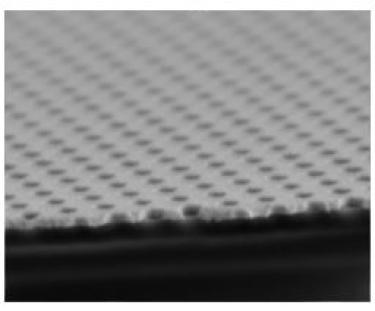
2D Periodic Nanostructure
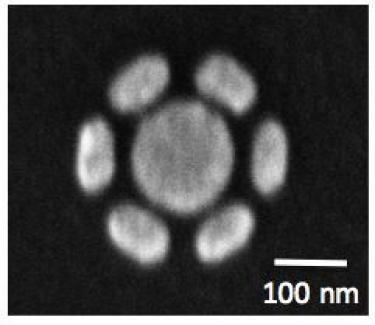
Plasmonic Molecule

